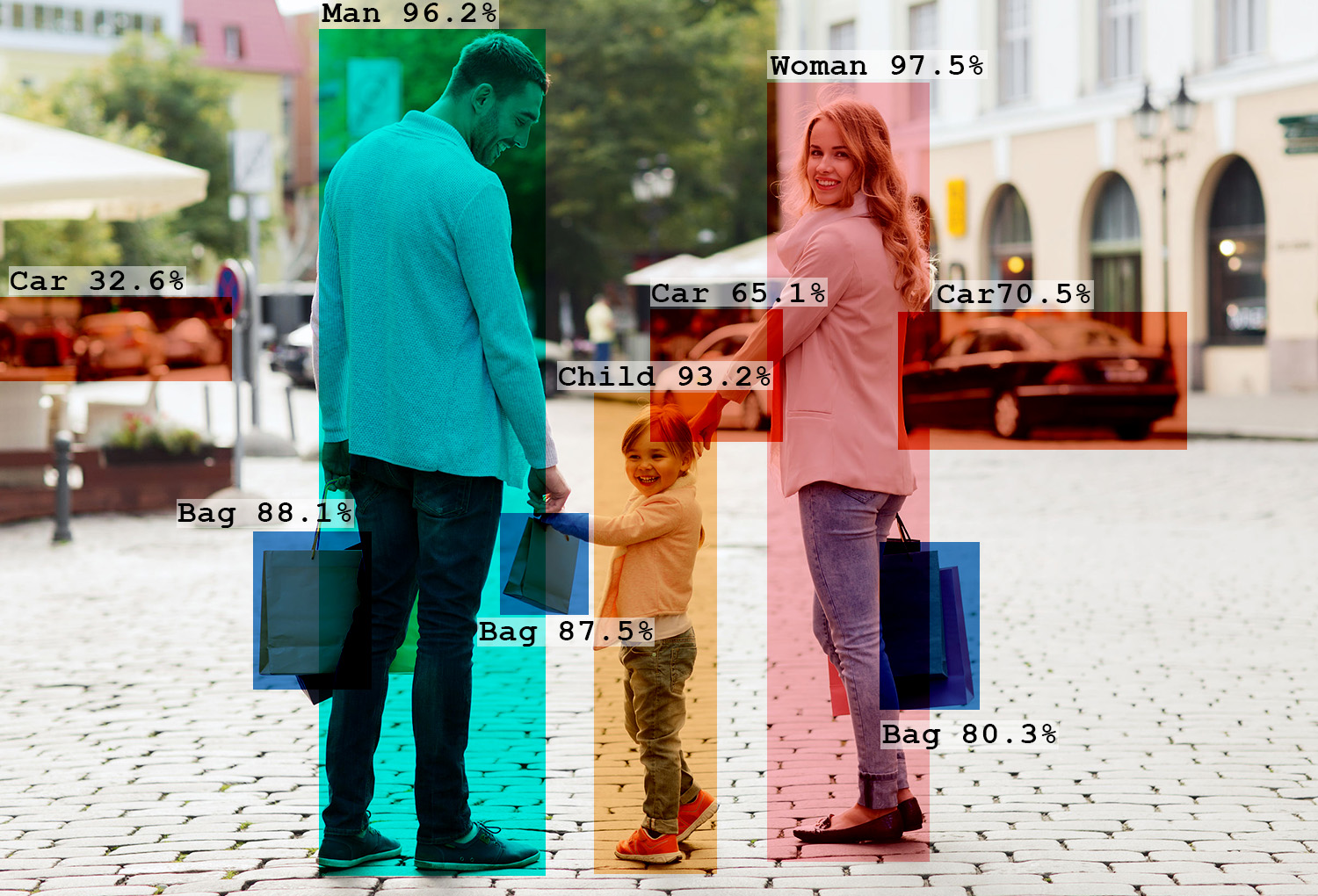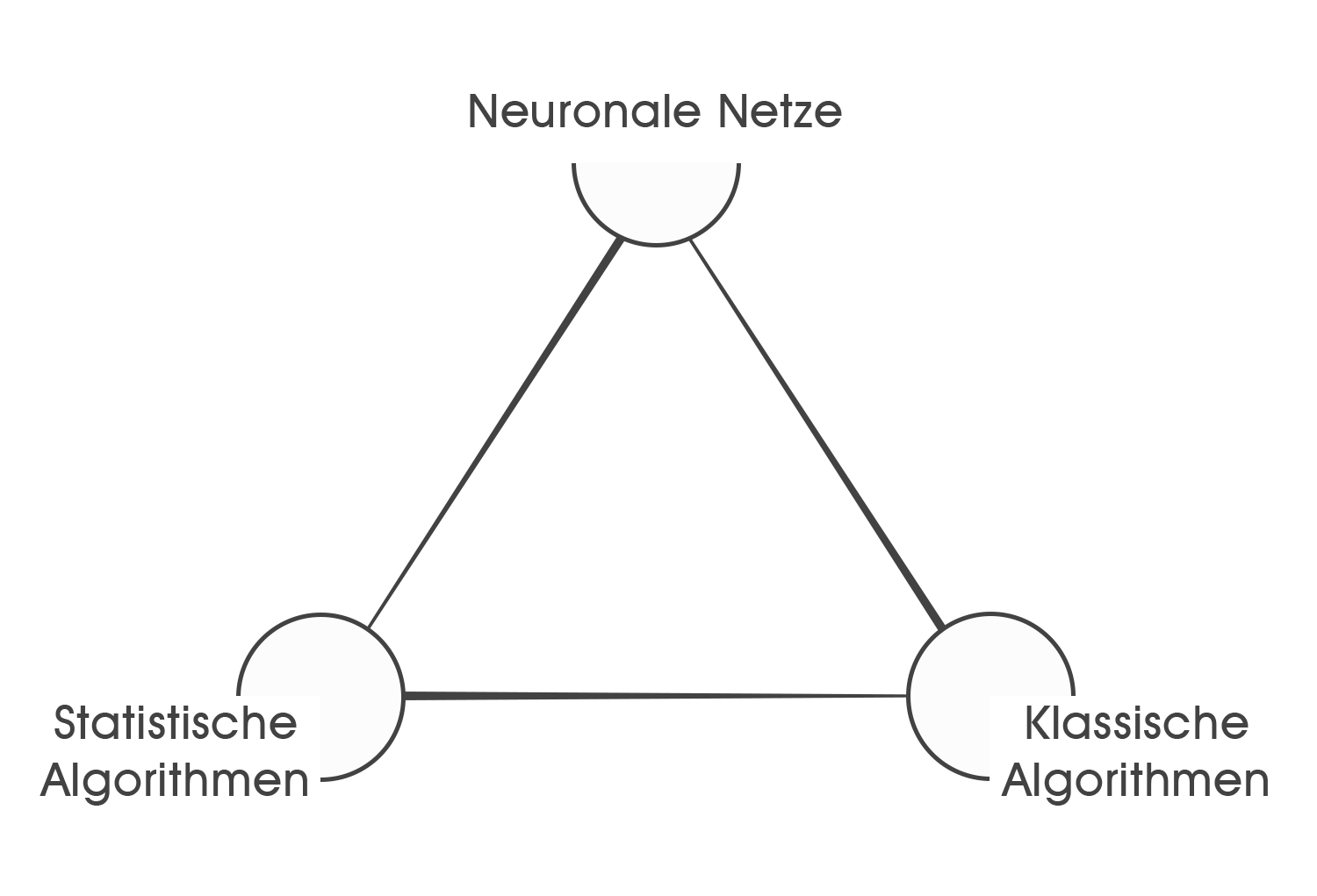Neuronal Networks and Machine Learning
Have you already trained a neural network?
Have you got children?

Three-dimensional packaging problem
Items of different dimensions should be packed into a box with postage-optimized sizes. A statistical algorithm solves this task with randomly directed steps.
Neural networks detect packaging patterns and solve the problem within a far shorter time.

Classification and Completion
CNNs, or Convolutional Neural Networks, are suitable for detecting people or classifying items. As a result, you get the detected objects rated by a detection probability.


Items can be removed from images and replenished with detected patterns.


When do we use Neural Networks?
Neural networks detect selected patterns in an unbeatably efficient manner. Therefore, they are the ideal complement to traditional deterministic and statistical algorithms.
Even a simple problem of packing a number of items optimized in boxes demands large computing time from a deterministic algorithm (see "3-dimensional strip-packaging problem").
In order to decrease computing times, it is a good idea to try random solutions and evaluate them against defined criteria. The statistical algorithms working this way can be used to train neural networks.
The result evaluation of the neural network is carried out with the help of the statistical algorithm.
With this feedback, the neural network is trained in order to find optimal solutions in the shortest possible time.
